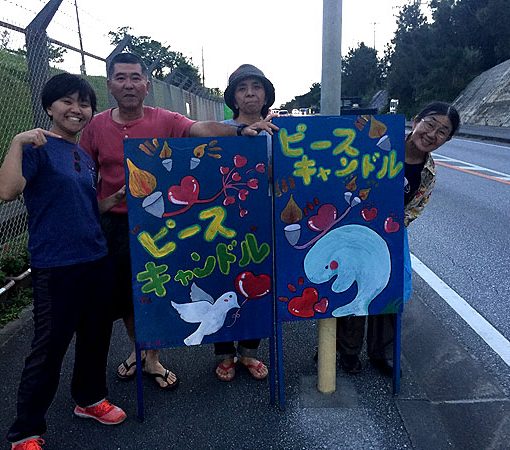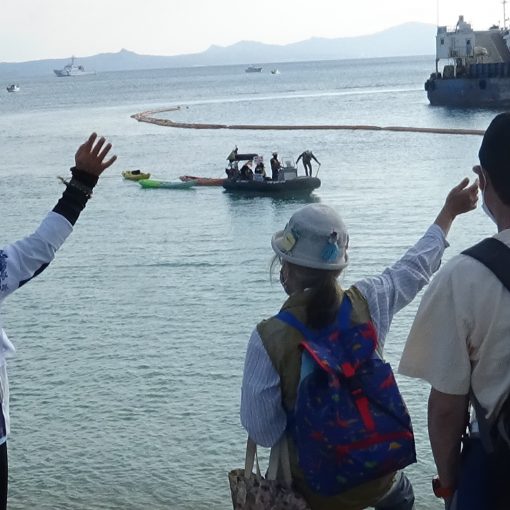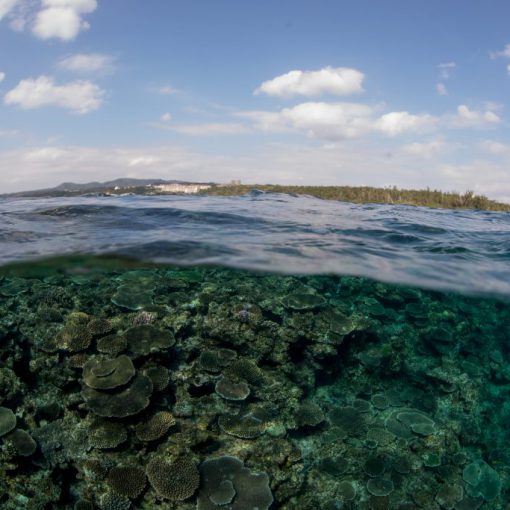Doubts about the feasibility of relocating U.S. Marine Corps Air Station Futenma to Henoko, Nago City, has spread to the U.S.
The Readiness Subcommittee on the House Armed Services Committee has passed its portion of the Fiscal Year 2021 National Defense Authorization Act, and for the first time, concerns about the soft seabed and active earthquake fault lines present at the planned construction site in Henoko was addressed in the bill. The committee directed the Secretary of Defense to submit a report outlining the details of the sea-floor conditions at Henoko and to provide an assessment of the general environmental impacts.
Tokyo needs to halt the ongoing construction in Henoko and conduct a clear-eyed evaluation of the rationality of the project; it needs to stop wasting any further time and taxpayer money.
The new language adopted by the House Armed Services Subcommittee on Readiness may be credited to Gov. Denny Tamaki’s visit to Washington last October, where he met with U.S. lawmakers. The governor is entrusted by the Okinawan people with their representation, and his visit to the U.S. to directly plead for a solution to the military base issue carries a great significance.
It’s not just the governor’s U.S. visit; the combined lobbying efforts of opposition party members in the Japanese Diet and citizen groups demanding the re-examination of the Henoko relocation is moving the needle on policy making in the U.S.
However, whether this new language will be included in the finalized bill will depend on the whole of the House Armed Services Committee and its conference with the Senate. The Japanese government will doubtless increase its pressure on U.S. lawmakers to have the language removed and we must pay close attention to the conclusions of the conference.
The U.S. has long distanced itself from the Henoko construction issues, writing it off as a domestic issue for Japan to contend with. Its new concern and debate over the project is a drastic change. This indicates how much the presence of the soft seabed at Henoko fundamentally shatters the preconditions of the relocation plan.
The ground improvement work newly required at Henoko’s Oura Bay will drive up the total construction cost of the new base to about 930 billion yen, 2.7 times the original estimation, according to the Japanese government. The construction period has also increased to twelve years.
First and foremost, there is no precedence of conducting ground improvement work at 90-meters below sea level. Even if the government were to throw large amounts of time and taxpayer money at the project, there is no guarantee that the construction will be successful. Supposing the Henoko construction ends in success, the runway jutting out onto the cape is at risk of being hit by tsunamis, due to the possible presence of an active earthquake fault line at the site.
Signs of Henoko being an unsuitable location for a military base are mounting, including the ballooning budget and the complicated yet unprecedented construction work. Tokyo’s claim that Henoko is their only option, has already collapsed.
Defense Minister Taro Kono recently made a statement after suspending the Aegis Ashore ballistic missile system deployment and said, “Considering the cost and time it would require, I had no choice but to judge that pursuing the plan is not logical.” By this rationale, the construction at Henoko, which is also costly and time consuming, should be scrapped as well.
Regrets of having made wasteful investments can cause one to throw more time and money at the project to finish it. This is known as the sunk cost fallacy. Tokyo should not cling onto this failed project any longer.
(English translation by T&CT and Monica Shingaki)





